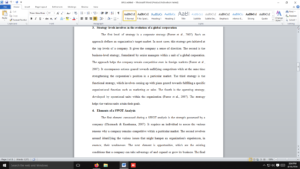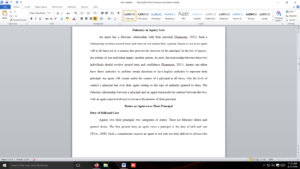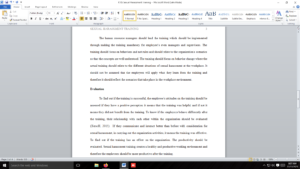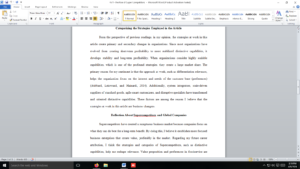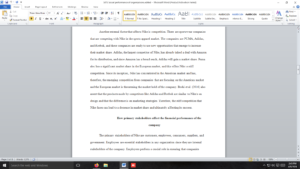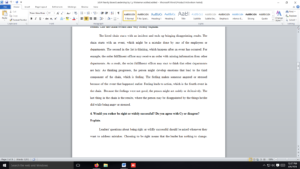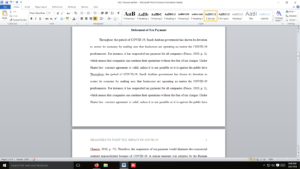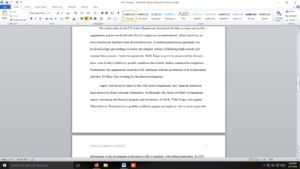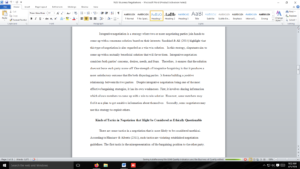Structuring of businesses
Needing someone to complete these discussions questions I will have listed below:
1.Describe and discuss four types of social responsibilities that managers can consider.
2.Identify, describe, and discuss the major sources of barriers to entry.
3. Describe and discuss four strategy levels involved in the evolution of a global corporation.
4. Describe and discuss the elements of a SWOT analysis. What are the limits to its effectiveness? What are the advantages to using a SWOT analysis?
6. Define differentiation. Evaluate a business’s differentiation opportunities using skills, resources and organizational requirements. What potential risks managers must take into account as they evaluate the differentiation – based advantages?
7.Why must each core competency provide a relevant competitive advantage to the intended businesses when pursuing a synergy approach?
8.What are three important qualities of effective short-term objectives? Try to identify an organization that uses these qualities and describe each of these in your answer.
9. Describe and discuss globalization as a trend shaping the structuring of businesses today.
10. Describe and discuss three ways good leaders go about building the organization they want and deal with problems that arise.
About 100 words each. Needs to be correct with no grammatical errors.
Answer preview
There are a couple of barriers that make it harder for new companies to get a foothold within an existing market (Karakaya & Parayitam, 2013). One of these barriers is economies of scale. Existing companies have an advantage in that they have better economies of scale compared to new entrants, an aspect that makes it harder for new entrants to get a foothold in the market. The second barrier is capital requirements. New companies need a considerable capital outlay when trying to break even (Karakaya & Parayitam, 2013). The third barrier revolves around product differentiation, which revolves around the esteem attached to products from a particular company. New companies will always find it hard to compete against established brands with significant customer loyalty. Finally, new companies have challenges developing distribution networks that will avail the products they manufacture to their target markets (Karakaya & Parayitam, 2013).
[1572 Words]
Structuring of businesses

